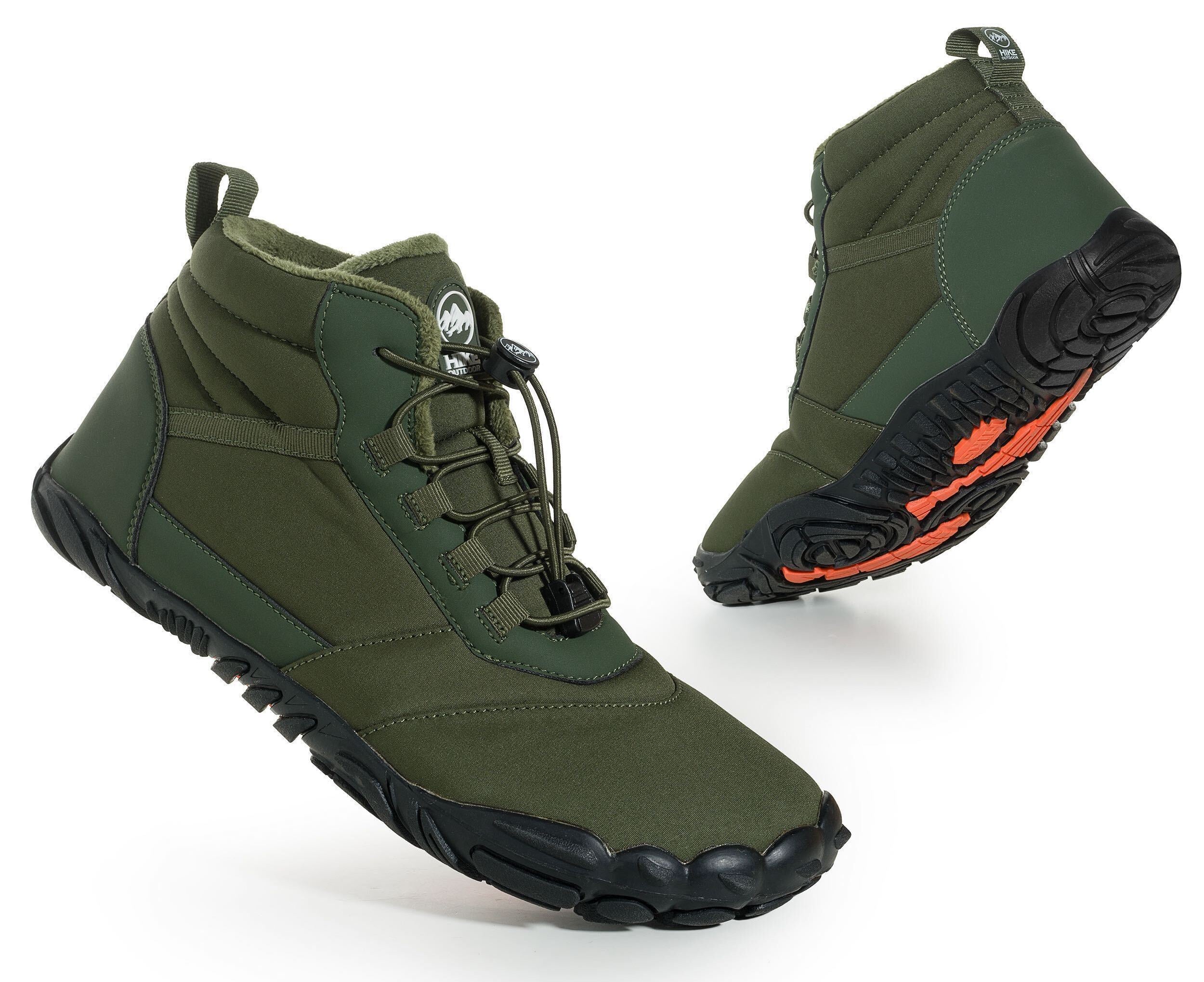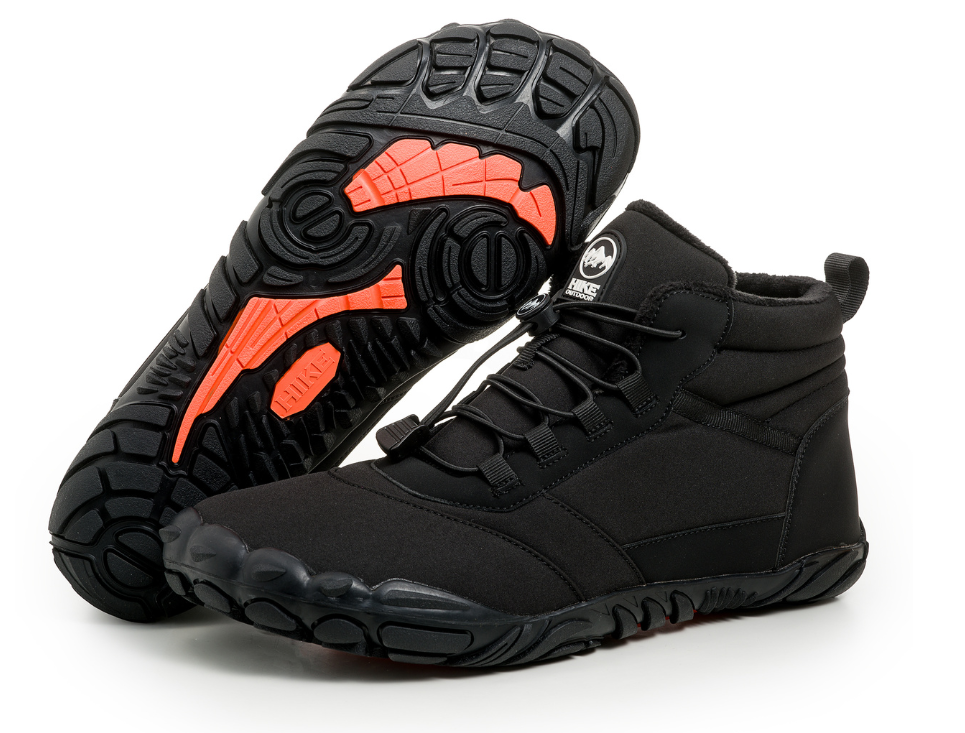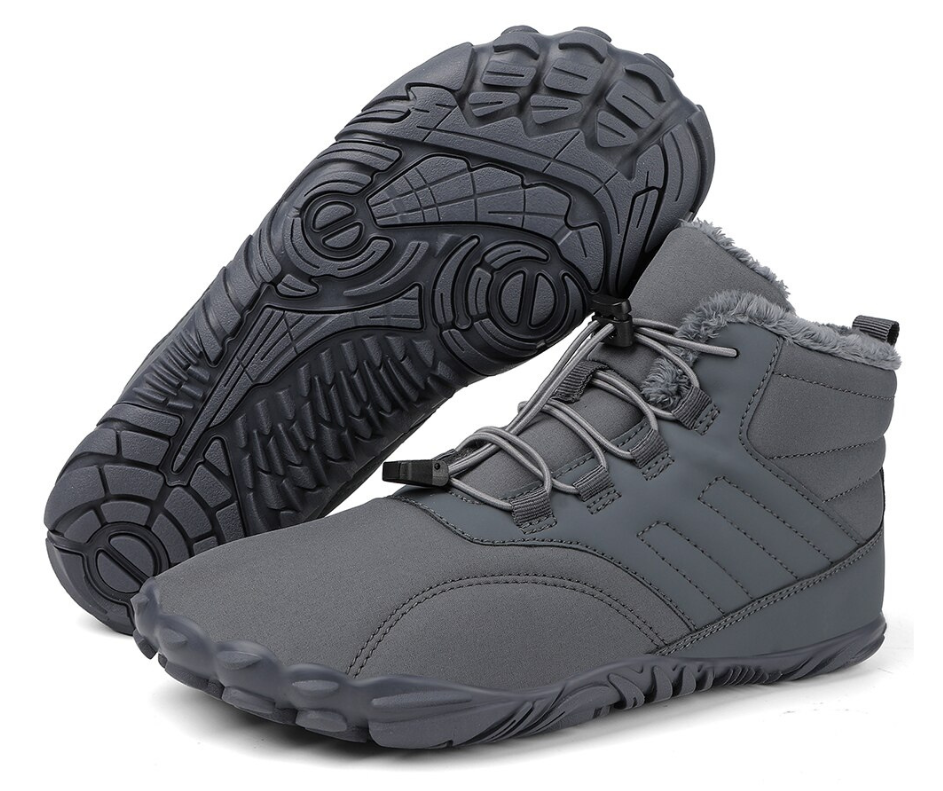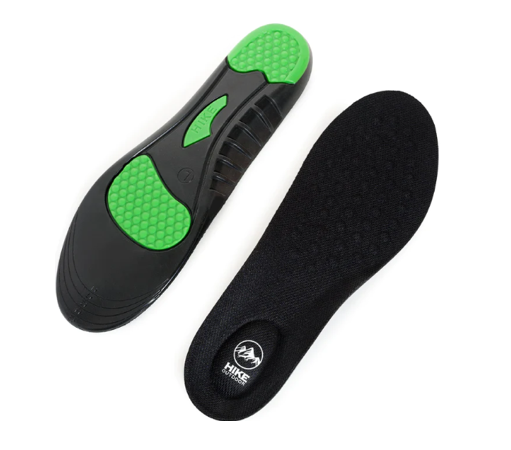So you just got your first pair of barefoot shoes at Hike Footwear - an excellent choice. This is an investment in comfort, style, and most importantly, long-term foot health. We can’t wait to hear what you think about our innovative footwear.
But to make the most of this type of shoe, it’s important to take a step back (pun intended) and think about the proper walking mechanics. If you’re transitioning over from regular footwear you may experience quite a dramatic difference.
Don’t worry - we’re here to teach you how to walk in barefoot shoes so you can start reaping all the benefits they have to offer as soon as they arrive at your doorstep. We’ll cover everything from the break-in period to the role of posture and the optimal gait and foot strike.
If you haven’t already got your slip-resistant barefoot shoes, head over to our catalog and see what catches your eye. Our footwear is the #1 choice among men, women, and children alike, with more than 235,000 happy customers and counting.
While you anxiously anticipate the arrival of your order, learn how to walk with barefoot shoes below!
Overview of Barefoot Shoes
We want to quickly touch on the basics behind this type of footwear - so what are barefoot shoes?
As the name suggests, these are designed to mimic the natural experience of walking without shoes while providing protection from environmental elements like rocks, hot or cold conditions, moisture, and more.
In comparing barefoot shoes vs regular shoes, you’ll notice many distinctions. But, here are some of the most common that make this revolutionary style stand out:
- Thin Soles: Typically just a few millimeters thick, these soles are flexible enough to allow feet to move and flex naturally. This enhances sensory feedback from the ground for better balance and agility.
- Zero Drop: This flat profile promotes a more natural alignment of the spine and encourages a midfoot or forefoot strike while walking in barefoot shoes, reducing the impact on the heel and lower back.
- Wide Toe Box: This design gives toes the space needed to spread naturally, supporting a more stable base of movement. You’ll enjoy improved balance and a reduced risk of pressure points or blisters that can result from cramped toes.
- Flexible, Breathable Materials: The uppers of barefoot shoes are usually made from soft, flexible materials that conform to the shape of the foot. This flexibility ensures comfort and freedom of movement, allowing the foot to behave as if it were barefoot. The breathability prevents your feet from getting sweaty and overheating.
You are probably starting to see many of the benefits of barefoot shoes already. This style forces the foot to work as it was intended, so you’re actively strengthening the muscles and tendons in the foot and lower leg with every stride.
This helps reduce the risk of injuries commonly associated with restrictive footwear - from bunions to plantar fasciitis, blisters, and even ankle, hip, and knee problems. Those who make the switch report improved posture, enhanced balance, and a natural gait.
However, even with the best barefoot shoes for kids or adults, you need to know how to walk in barefoot shoes to bring out the full potential this footwear has to offer. So, we’ll share some of our top tips to set you up for success below!
How to Walk in Barefoot Shoes
Transitioning to barefoot shoes can be a significant change from traditional footwear, one that can transform your health and wellness for the better. Understanding the nuances of walking in barefoot shoes will help you maximize their benefits while minimizing discomfort.
What to Expect at First
It’s true that barefoot shoes are a better choice for both short-term comfort and long-term foot health. However, there may be a bit of an adjustment period if you’ve been wearing conventional footwear your whole life.
You might feel soreness in the feet and lower leg muscles initially. This is normal as these muscles are likely underused due to the over-support provided by traditional shoes. Don’t worry, within a few weeks, you won’t notice it.
Expect to feel more of the ground beneath your feet as well. This can be uncomfortable on rougher surfaces until your feet become accustomed to the new sensations.
Is There Really a “Right” Barefoot Walking Technique?
We know what you’re thinking…I’ve been walking my whole life - surely I know what I’m doing! Walking is so simple, and yet, so many of us spend portions of our lives doing it wrong.
This is something you should address once you make the switch to barefoot shoes. The key is to embrace a natural gait that involves more of the whole foot rather than just heel striking.
Unlike traditional shoes, which often encourage striking the ground with the heel first, barefoot shoes are designed to promote a more natural stride where the forefoot or midfoot makes contact with the ground first. This helps distribute impact more evenly to reduce stress on the knees and hips.
Concentrate on landing softly on the midfoot or forefoot, then letting the heel gently touch down. Avoid slapping your feet onto the ground.
You should also take shorter, quicker strides. This helps maintain balance and enhances the body's ability to absorb impact naturally without the cushioning provided by conventional footwear.
Maintaining Proper Posture
While gait and foot strike are the most important factors to consider when walking in barefoot shoes, your posture plays a role here as well. Let’s face it, most of us could benefit from a little posture tune-up anyhow!
Keep your torso upright and your head stacked over your shoulders as you walk. This alignment helps distribute your weight evenly and naturally aligns your spine. Let your shoulders relax and allow your arms to swing naturally with your stride. It should feel natural.
Slowly Ramping Up Wear as Your Feet Adjust
Given the tension and discomfort you may feel at first as you transition to walking in barefoot shoes, it’s not a bad idea to slowly increase the time you spend in them rather than going all in from the very first wear. Here are some tips to make it a comfortable transition:
- Start Indoors: Begin by wearing your shoes around the house for short periods.
- Stick With Softer Surfaces: When you do head outdoors, try and walk on grass or sand if possible, which are more forgiving than asphalt or concrete.
- Incremental Increases: Gradually extend the wear time and start incorporating outdoor walks.
- Listen to Your Body: Pay attention to any signs of excessive strain or pain. If discomfort arises, reduce wear time and consult a professional if necessary.
We also encourage you to help your body recover as you work through this ramp-up period. Regularly stretch your calves, ankles, and toes to enhance flexibility, which can improve your comfort in barefoot shoes. You should also keep your skin hydrated and use proper foot care to prevent blisters and chafing.
Armed with these tips you can step out in confidence knowing you’re making the most of your new footwear! So, if you haven’t already, it’s time to get top-tier barefoot shoes for men, barefoot shoes for women, or barefoot shoes for kids at Hike Footwear.
Start Walking in Barefoot Shoes Today With Hike Footwear - Where Comfort, Style, and Health Co-exist!
Now that you know how to walk in barefoot shoes, there’s just one thing left to do - find a pair that aligns with your specific style preferences and wellness goals.
But, who said you had to choose between comfort, style, and health? You can have it all at Hike Footwear, where these values coexist thanks to our innovative design backed by orthopedists and podiatry specialists alike.
Our shoes are loved by more than 235,000 people for their ultra-thin soles which provide the ground feedback needed to enhance proprioception and natural foot movement.
This is complemented with a zero-drop heel, supporting a more natural posture and reducing strain on your joints. The wide toe box allows your toes to spread and relax as if you were walking barefoot, promoting better balance and stronger support.
Crafted with high-quality, breathable materials, our shoes ensure your feet stay cool and comfortable, whether you're navigating city streets or exploring nature trails.
The flexible design accommodates the foot's natural movements, making our shoes perfect for everyday wear or specialized activities. You can narrow your search for the perfect pair below:
- High top barefoot shoes
- Barefoot winter shoes
- Barefoot hiking shoes
- Barefoot shoes for work
- Barefoot lifting shoes
- Barefoot boots
- Barefoot casual shoes
Across all these styles you’ll find an array of colors and a 30-day money-back guarantee. So, what are you waiting for? Take the first step towards a more comfortable lifestyle and prevent the long-term complications associated with traditional shoes. Invest in your health and happiness at Hike Footwear.
Parting Thoughts on How to Walk With Barefoot Shoes
That concludes our guide on how to walk in barefoot shoes, from proper foot striking to gait, posture, and the adjustment period. These tips on walking in barefoot shoes will not only enhance your immediate comfort but also promote long-term foot health and overall body alignment.
Whether you’re looking for shoes for neuropathy, shoes for arthritis, or simply want something more comfortable for daily wear, you can rest assured the perfect pair is a few clicks away at Hike Footwear.
Don’t deprive yourself any longer - step into a healthier lifestyle today. Your feet will thank you!





















































